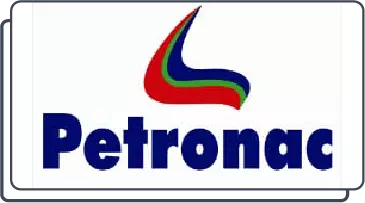Operational analysis in an organisation uses technology to diagnose the efficiency of the workflow, making corrections to the system and solving problems.
Therefore, before implementation, strategic planning is required, which consists of creating the management process to achieve the goals or results.
A second point, even before the operational analysis, is tactical planning, which basically focuses in detail on the activities and tasks to be carried out, transforming the strategic plan into action.
In this tactical aspect, the work is carried out by directors and managers in specific areas of organisations. This is the general concept of an operational analysis.
When is an operational analysis necessary?
- When the organisation's costs are high;
- Conflict detection and high employee turnover;
- When the quality of the product decreases;
- When the organisation's competitiveness in the market declines;
- Difficulty in expanding the business;
- Problems in the operational and administrative sectors;
- Loss of stock
Essential steps to maximise efficiency and performance
1. Diagnosis
It consists of a preliminary survey of information and data relating to the organisation. This is done through meetings, interviews or consultations.
The aim is to know and identify the organisation's problem, understand the current scenario in which it finds itself and define where and how to act to eliminate the problem.
The ideal is to listen to those involved in organisational processes, asking them questions about the organisation.
An example is a manufacturing company that wants to reduce the average production time of a product by 20% over the next six months. The diagnostics will be based on this target.
2. Prototypes
Once the problems have been identified, the next step is prototyping, which in other words are models and alternatives for solving the problems observed in the diagnosis.
This is where validation is carried out, which can be implemented in a specific department or area by means of a pilot test. If successful, it is replicated to the other sectors.
For example, the analysis found that there is a significant delay in the organisation's quality inspection stage, compromising the entire production chain.
3. Application
Once the solutions have been defined, it's time to implement them. Therefore, the methodologies determined by those involved in the organisational analysis must be used so that the solutions can actually be implemented.
For example, the organisation wants to adopt a production time of 10 minutes from raw material to final product packaging.
4. Training
The organisational analysis ends with training. This involves training employees, customers and partners; demonstrating the entire process, the changes implemented and the consequences for the future. This ensures that the process is put into practice. In addition, training enables the project to achieve the desired results, raises awareness and involves employees, encouraging them to periodically review the analysis, take part in debates and discussions and implement the solutions defined. In the end, everyone benefits.
www.tgs-compas.com
https://t.me/TGSBrasilCompass
https://www.linkedin.com/company/tgs-compass
https://www.instagram.com/tgscompass/







